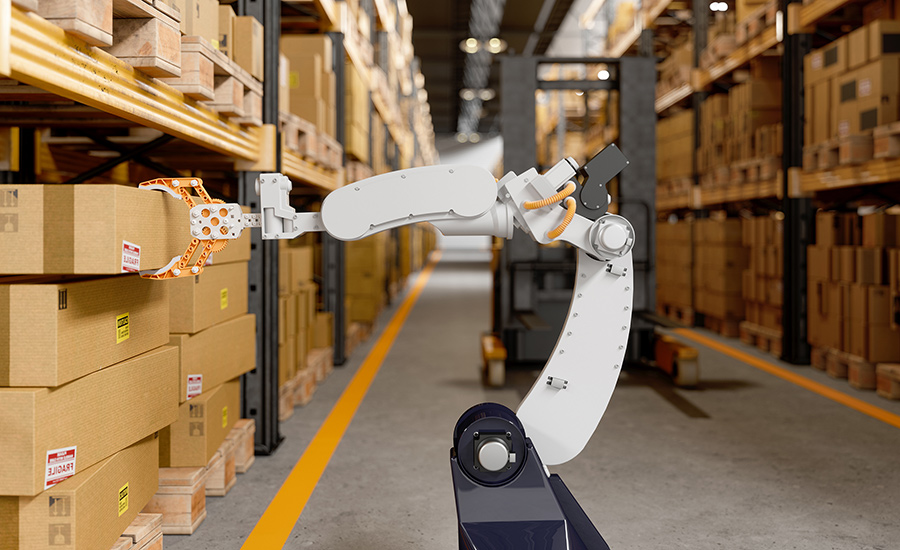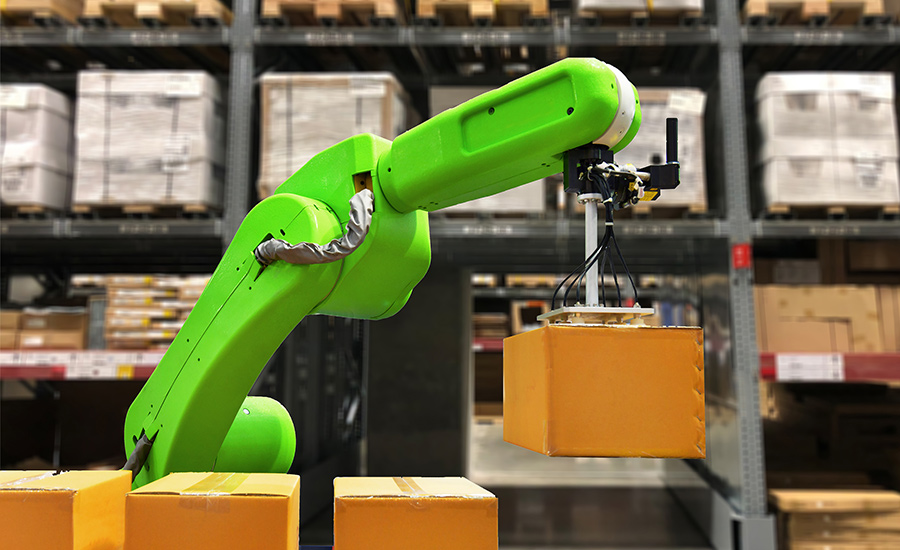Technology
Three Success Factors for Smart Connected Packaging
Transitioning to this new packaging paradigm has challenges. High among them are maintaining quality and cost control. There are, however, three success factors that can help mitigate risks.

metamorworks / iStock via Getty Images Plus
Demand for smart connected packaging is increasing the need for companies to be customer-relevant: The drive to achieve supply chain resiliency while also advancing sustainability is paramount. To meet these bullish expectations, senior executives are turning to engineering and manufacturing for innovative solutions that reimagine packaging as an extension of the product, while creating valuable data driven insights and delivering growth.
1 – Build Data-Driven Feedback Loops Across the Entire Product Lifecycle
Companies focused on electro-mechanical products, such as Tesla, Peloton and iRobot, have been leading the charge in utilizing automated customer feedback and product performance. Yet, an increasing breadth of brands realize that smart connected packaging can contribute to their organization's digital thread. This thread is a stream of data that allows information to flow between products, processes, and plants. Brands can weave it throughout product lifecycles to enable new feedback loops, allowing them to improve their product development, production efficiency and marketing.
A multinational food, snack and beverage corporation began using smart connected packaging as a consumer transparency tool to comply with a new consumer ingredient transparency law in California. However, the brand saw this as an opportunity to also provide richer product information to consumers on details like ingredients, allergy advice and other attributes of interest. When customers scan the product with their smart device, the company can now see, for example, if consumers are concerned about or interested in certain ingredients or flavors. They use this information to explain why they formulate a product. The company is also feeding this same data back to the product development and manufacturing functions to reformulate its products according to the latest consumer taste signals.

Courtesy of Accenture
2 – Excel at Capturing, Analyzing and Governing Data
Currently, 97% of executives surveyed by Accenture and AIPIA agree that smart connected packaging data can improve their organization's evidence-based culture. However, only 29% extensively apply analytics to learn and grow from it. Data and analytics can only create value when managed with a defined business value-driven strategy through its lifecycle, from creation to retirement, utilizing data governance as the guide and underscoring the importance of organizational agility and resilience.
Research also found that 56% of businesses report that smart connected packaging creates data to which they are ill-equipped to respond. This is a common challenge that businesses face, and federated decision-making provides businesses with the ability to drives better outcomes for customers. Additionally, decision making can more seamless be folded in if organizations prioritize defining an operating model, centralizing core functions and embedding business-specific capabilities across the organization.

3 – Merge Data and Eliminate Silos
Many roadblocks can hinder technology-led innovation. Additional research from Accenture shows that cross-functional competition is one of the biggest and most common of these obstacles. Many are unaware of where packaging resides in the organization, yet almost all business functions are involved in packaging decisions causing overarching priorities to get lost in the mix. Moreover, this coordination challenge is compounded when different systems are not integrated, which is cited as one of the top three challenges businesses face moving forward with smart packaging, along with “transforming culture and ways of working.”
This lack of clarity and synchronicity calls for better leadership, with 71% of executives agreeing that succeeding with smart connecting packaging requires much more internal coordination, cross-functional collaboration and ultimately, a common sense of purpose.
To achieve agility and speed at scale, companies must empower market-facing teams to make decisions and embed functional expertise into multi-disciplinary teams, with customers at the center. Further, companies need to redefine end-to-end-processes by integrating functional capabilities from the outset then activate short sprints to prove value and, importantly, rapidly scale to build momentum to deliver meaningful and measurable results.
Right now, opportunities are ripe for companies prepared to elevate the role of packaging. By empowering business functions, being ready to share data and creating an integrated technology architecture, they will be poised to lead this growing movement. Simultaneously, they will be able to prioritize customer satisfaction and reduce costs to outperform the external competition — and collaborate with internal teams — by reimaging packaging's purpose.
Looking for a reprint of this article?
From high-res PDFs to custom plaques, order your copy today!






